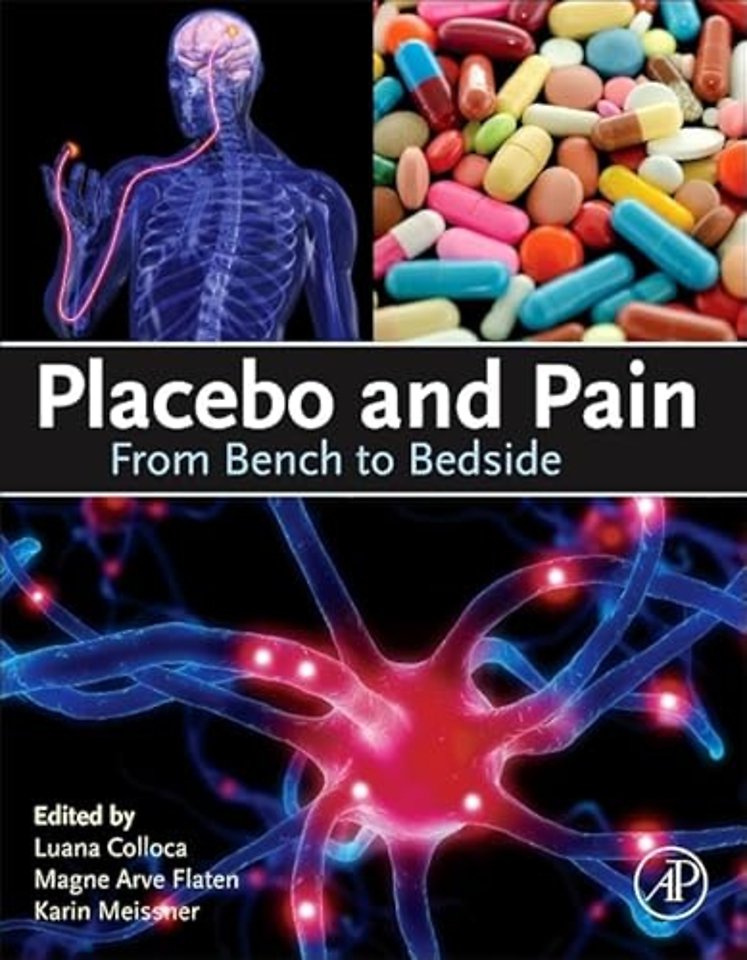Placebo and Pain
From Bench to Bedside
Samenvatting
The placebo effect continues to fascinate scientists, scholars, and clinicians, resulting in an impressive amount of research, mainly in the field of pain. While recent experimental and clinical studies have unraveled salient aspects of the neurobiological substrates and clinical relevance of pain and placebo analgesia, an authoritative source remained lacking until now. By presenting and integrating a broad range of research, Placebo and Pain enhances readers’ knowledge about placebo and nocebo effects, reexamines the methodology of clinical trials, and improves the therapeutic approaches for patients suffering from pain.
Review for Placebo and Pain:“This ambitious book is the first comprehensive and unified presentation of the placebo and nocebo phenomena in the area of pain. Written by the international leading experts in the field, the book provides an accurate up-to-date [work] on placebo and pain dealing with current perspectives and future challenging issues.--Ted Kaptchuk, Associate Professor of Medicine, Harvard Medical School

